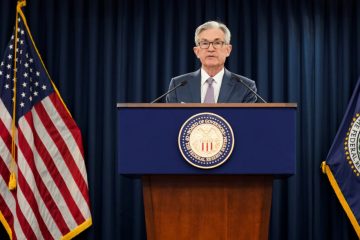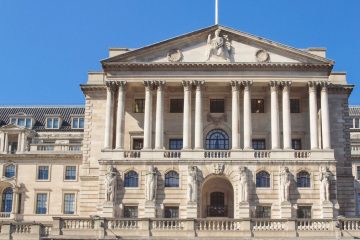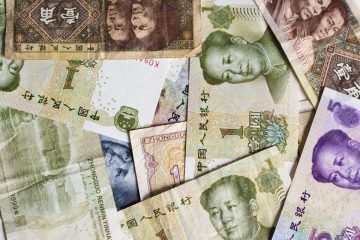Dollar loses steam after jobless claims data, while Kuroda takes center stage in Asia

The dollar paused its ascent on Friday after a rise in jobless claims in the United States implied possibly easing conditions in the labor market and tempered expectations of further aggressive rate hikes from the Federal Reserve.
In Asia, moves were subdued as markets remained on guard ahead of the Bank of Japan’s monetary policy decision at the conclusion of a policy meeting, the last to be chaired by incumbent BOJ Governor Haruhiko Kuroda before he steps down in April.
The yen held steady in early Asia trade, and was last 0.2% higher at 135.89 per dollar, retreating from a nearly three-month low hit earlier in the week.
The BOJ is widely expected to maintain ultra-low interest rates on Friday and refrain from major changes to its controversial bond-yield control policy, leaving options open ahead of a leadership transition in April.
“In theory, it should be a non-event, but there is a non-zero chance that Kuroda goes out with a bang and alters yield curve control,” said Chris Weston, head of research at Pepperstone.
The yen has come under downward pressure again in recent weeks as the BOJ has remained ultra dovish, while interest rate expectations in the United States have ramped up.
That has caused the yen to weaken from January highs, and reversing a rally that followed a surprise tweak to yield curve control by the BOJ in December.
Elsewhere, the U.S. dollar slipped marginally on Friday.
The euro rose 0.13% to $1.0595, while sterling edged 0.05% higher to $1.1932, both some distance from multi-month lows hit on Wednesday.
The kiwi gained 0.07% to $0.6106, but the Aussie slipped 0.13% to $0.6582.
Data released on Thursday showed that the number of Americans filing new claims for unemployment benefits increased by the most in five months last week, though the underlying trend remained consistent with a tight labor market.
Nonetheless, the jump in jobless claims was enough to cause traders to unwind some bets that U.S. rates would rise much higher than previously expected. Futures pricing now implies a roughly 54% chance that the Fed will raise rates by 50 basis points this month, compared with 70% before the data release.
The Fed funds rate is projected to peak just below 5.5% by July.
Against a basket of currencies, the U.S. dollar index
fell 0.12% to 105.12 but remained on track for a weekly gain of nearly 0.6%. It surged earlier in the week after Fed Chair Jerome Powell struck a more hawkish tone than markets had expected at his semi-annual testimony before the Senate Banking Committee.
Focus now turns to the closely watched nonfarm payrolls report due later on Friday, the next major data point that could offer clues on the Fed’s next steps for monetary policy.
According to a Reuters survey of economists, nonfarm payrolls likely increased by 205,000 jobs in February after surging by 517,000 in January.
“The payrolls report has surprised us on the high side for, I think, about 10 straight months now, so it’s been a sign of real strength for the U.S. economy,” said Jarrod Kerr, chief economist at Kiwibank.
“It is a little frustrating for the Fed. They’ve obviously tightened a lot, hoping it’ll have an effect. But we’ve seen bounce back in a lot of activities indicators in recent months. So it looks like the job’s not done.”









